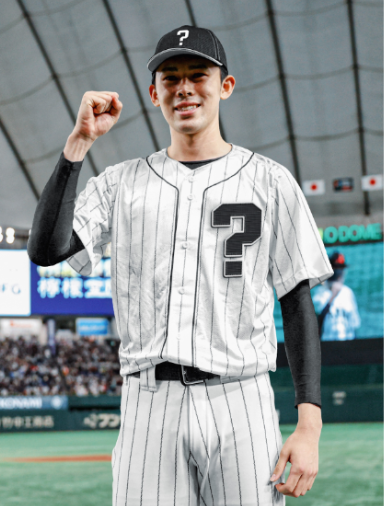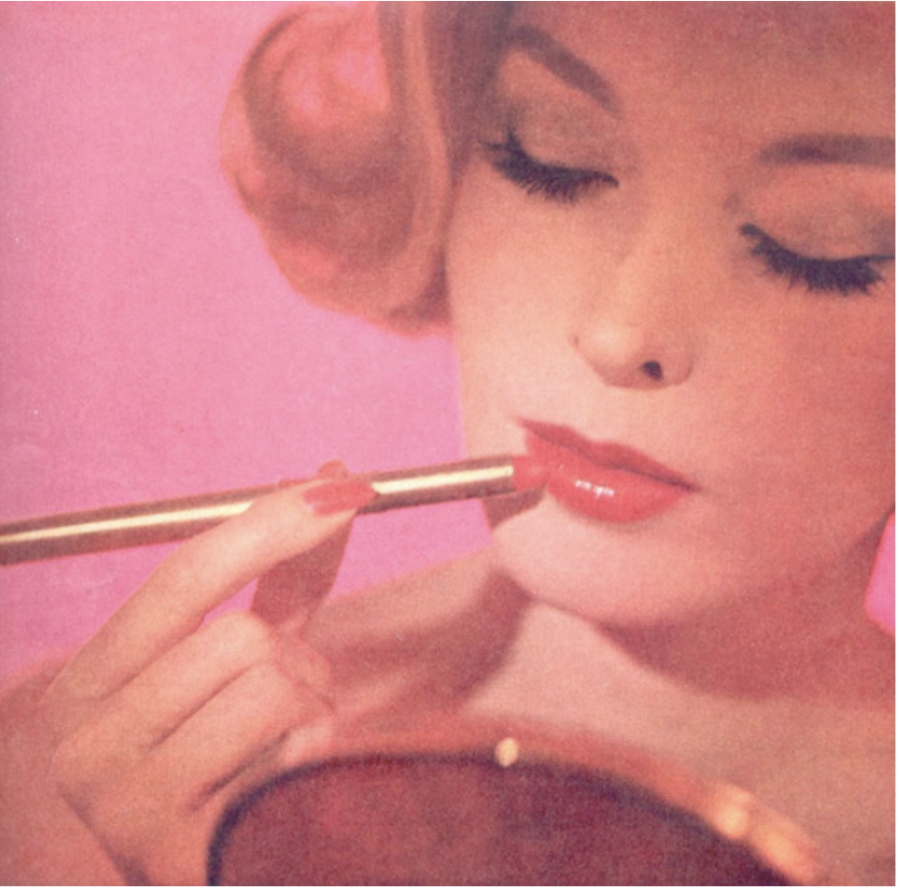The Power of Pink
June 2, 2023
Pink. It is often regarded as frivolous, nostalgic, innocent, and most importantly, a tangible embodiment of the feminine nature. Pink lends itself to a contradicting past and is even more controversial in a modern world questioning tradition and identity.
Have you ever noticed that pink is the only softer version of another color that has its own name across cultures and languages? The lighter version of red is called “pink” while the lighter version of purple is simply called “light purple,” and so forth. Something must constitute this unique universal etymology. The answer may lie within the ancient spiritual belief in chakras. The Yoga Nomads state that the Anaharas (heart chakra) is the only chakra represented by both pink and green, which exist in the same frequency. In this sense, pink is considered supplementary to the more representational and affirming green, a foretelling of pink’s modern purpose. Learn Entry explains that pink is often named for a popular pink-colored flower in the region, reflecting its commonality in the natural world. In many European languages, variations of “rosa” are used to reflect roses; in English and Japanese, “pink” and “pinku” are used to reflect pinks (a flower of the Dianthus genus). Evidently, the spiritual and natural origins of pink and its universal admiration prove its eternal significance amongst humanity.
For centuries in the West, parents dressed their young children in simple white dresses for not only practicality, but to also signify purity, according to Brittanica. Eventually, boys and girls wore a vast array of pastel colors. Therefore, people were often unaware of the gender of a stranger’s child at first glance. In the early 20th century, baby pink and baby blue were first introduced as gender-identifying colors for infants. However, the “generally accepted rule” stated by the widely revered Earnshaw’s Infants’ Department in 1918 is unexpected. Pink was a softer version of manly red, so it was suitable for baby boys; blue was delicate and pure so it was a perfect fit for baby girls. Though, these color assignments based on gender were not as constricting as they are today. After the masculine roles endured by women during WWII, they longed for gender differences to be reflected in mainstream culture, so gradually “boys dressed like their fathers, girls like their mothers.” At the beginning of the post-war era, beloved First Lady Mamie Eishenhower’s adoration for pink prompted its popularity for women in America and subsequently the rest of the Western world. Eisenhower’s enamoring femininity and her love of pink have caused the enduring association of pink with feminine beauty and ideals for girls and women. First Lady Jackie Kennedy cemented pink as a representation of female melancholia when she infamously wore her pink Chanel suit stained with the blood of her recently assassinated husband in 1963. With manufacturing and capitalism on the rise, gendered necessities became produced on a mass scale to profit off of the widespread cultural idea that girls are naturally drawn to pink. The popularity of pink for girls was not linear though, as feminist movements of the 1960s and 1970s dispelled the notion of pink for girls as subtly influential on girls’ view of themselves and their place in the world. Pink was seen as an oppressive tool to subject women to submission and servitude, which mirrors how it is sometimes perceived today. Although, the emergence of neon and mismatched fusions of colors in the 1980s marked the resurfacement of pink. Architectural Digest claims that each decade following employed the cultural charge of pink for different culture references and trends: in the 1990s for a myriad of centurial styles, in the 2000s for the newfound focus on nostalgic girliness, in the 2010s for the comforting nihility, and in the 2020s as a “color disruptor” and instrument for change.
Today, pink takes on a dual role within our divided society filled with an array of subcultures, each with different opinions on the concept of gender in modern society. The Guardian has brought up that on popular social media platforms such as TikTok and Instagram, communities of ‘tradwives’, housewives subservient to their husbands who embrace traditional feminine roles, have defended pink as undeniably feminine and suitable for girls only. Youtuber Mina Le explains that adolescent-aged ‘girl-bloggers’ who immerse themselves in softer shades of pink use girliness to embrace the loneliness and esoterism of being teenage girls. Conversely, feminists often utilize pink to display the potency of female power and as a way to garner positive social change. During the Women’s March of January 2017, protestors sported pink hats to create a “striking visual sea of pink” to represent the power they held in solidarity. More recently, during Women’s History Month in March of this year, people wore vibrant shades of pink to represent their pride in being women. In the upcoming blockbuster of this summer, Barbie, the synonymous shade of hot pink is present throughout the entire movie’s color scheme. In the past, Career Barbie was a precise example of how traditional girliness can be empowering for women because it allows them to represent their pride in being women while chasing ambition. Both extremes on the socio-political spectrum use pink to celebrate and exemplify the polarity between men and women, and emphasize their own femininity, though for vastly different reasons. Harrison High School Sophomore Isabella Roman says that “pink can give society some comfort as pink is seen as approachable and for women it allows them to subtly display their natural feminine qualities.” Through the widely accessible media and brazen implementation of gendered products into just about all aspects of modern life, women especially are bound to grasp onto pink to assert their social stance and conventional feminine beauty.
At Harrison High School, there are evident differences in perspective on traditional femininity, modern feminism, and the enduring role of the color pink. While wandering the school, one can see the vibrancy or opposing subtlety in some students, mainly girls, dressed in various shades of pink for different purposes and styles. However, there are some school events that cause students and teachers alike to embrace the color. For Breast Cancer Awareness Month in October, many incorporated pink into their outfits and wore ribbons handed out by Friends of Rachel in support of women and families impacted by the debilitating effects of breast cancer. For Valentine’s Day in February, pink and red were worn to perhaps signify love for each other, ourselves, and the world. Pink has an obvious role at Harrison : to unite everyone and represent solidarity with vulnerable groups. You may notice that both girls and boys have taken part in these school events that embrace pink. This reveals Harrison’s acceptance of various gender identities and encouragement of everyone to participate and represent their own femininity, or their respect for the femininity of others. You can and should wear the color pink whenever you want to, regardless of your gender.
Photo from: Tumblr.








![[From left to right-Top row: Harison Fliegenspan, Talia Russo, Isis Leite, Micaela Thone, Rosella Paniccia. Bottom row: Maya Rolan, Eren Yoshimura, Audrey Cheung, Karinah Diaz]](https://thehuskyherald.org/wp-content/uploads/2025/02/IMG_0927.jpg)














